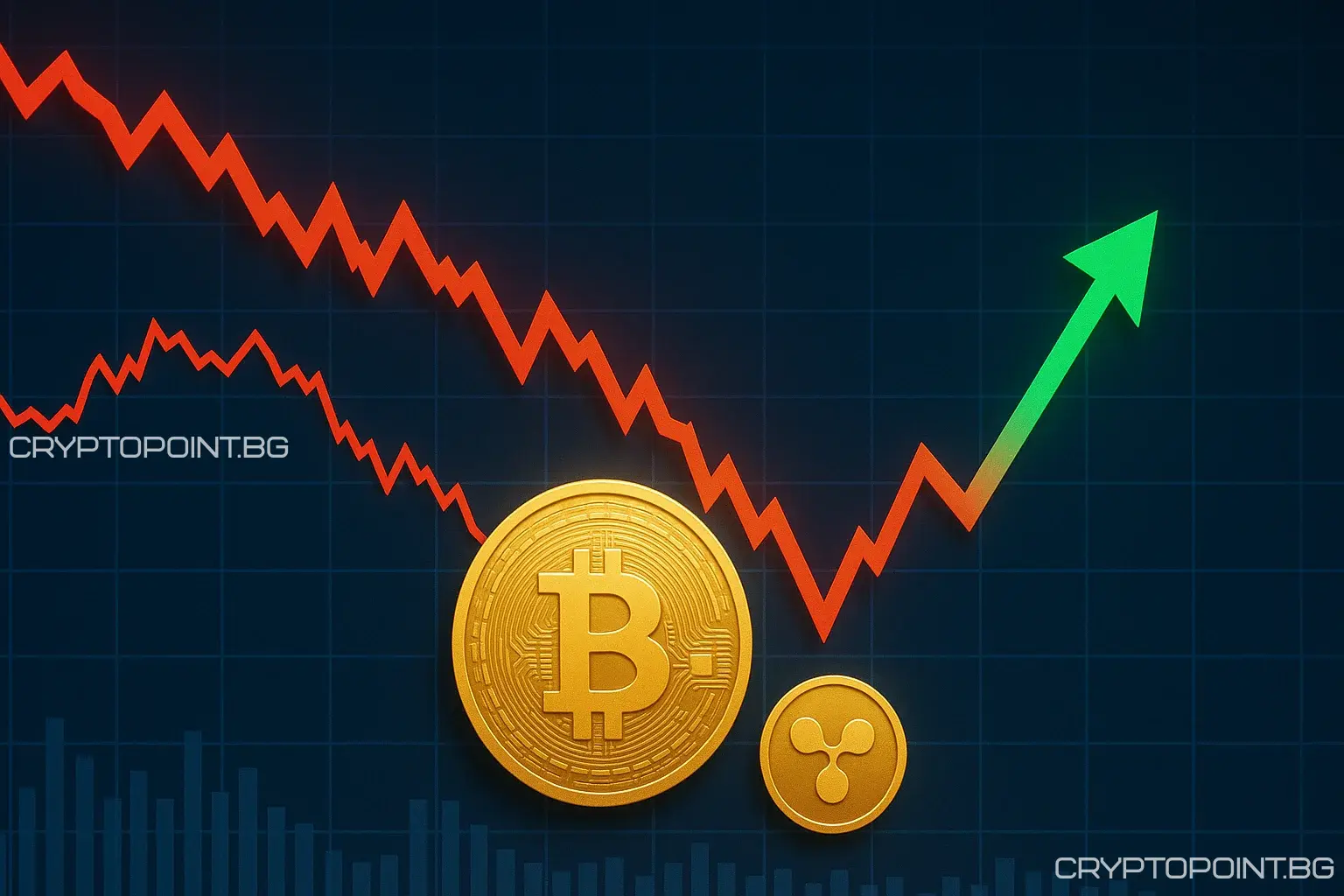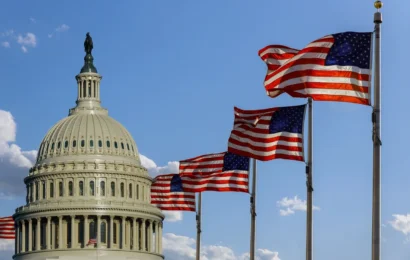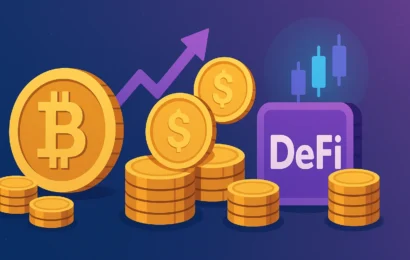
This week’s crypto market decline caught investors off guard, but economic and geopolitical signals suggest a potential rebound ahead.
What Triggered the Market Crash
The price of XRP dropped to $1.3758—a 62% plunge from its yearly high, erasing all gains made earlier this year. Bitcoin also fell sharply to $106,000, down from its previous all-time high of $126,500.
The main catalyst behind the crash was the slow and then sudden escalation of the trade war between the U.S. and China.
China announced several measures this week:
- New tariffs on U.S. ships docking at Chinese ports
- An investigation into Qualcomm
- Export restrictions on rare earth metals and magnets
The latter move is particularly significant, as China controls over 70% of the global rare earth industry—critical to U.S. manufacturing.
In response, President Trump announced harsher tariffs on Chinese goods and new export limits on key U.S. software.
The trade war sparked panic among investors. The Crypto Fear and Greed Index plunged into the fear zone at 35, while CNN Money’s index dropped to 25—an “extreme fear” reading.
History Suggests a Rebound is Possible
There are several reasons to believe crypto prices could recover from this crash—similar to the rebound after Trump’s so-called “Liberation Day” in April.
Back then, Bitcoin dropped to $74,500 from a previous all-time high of $109,165. Just one month later, it hit a new record high of $111,165.
A similar pattern occurred during the 2020–2021 COVID-19 crisis, when Bitcoin dropped below $5,000 in March 2020. Within a year, it soared above $60,000 for the first time, fueled by institutional investment and renewed optimism.
What’s Next: The Fed and Geopolitical Factors
It remains to be seen whether Trump will use his upcoming trip to South Korea to meet with Chinese President Xi Jinping and de-escalate the trade situation. However, on Friday, he threatened to cancel the meeting.
Investors also expect the Federal Reserve to implement additional interest rate cuts after already lowering the benchmark rate by 25 basis points. Further easing could help cushion the economy.
Historically, cryptocurrencies—especially Bitcoin—tend to perform well during periods of declining interest rates.
Lower rates and reduced geopolitical tension often create an ideal environment for crypto market rallies.
Conclusion
Despite strong pressure and investor panic, history shows that the crypto market has the ability to recover even after steep downturns. The outcome will depend on the Federal Reserve’s next moves and the trajectory of U.S.–China diplomacy.
Frequently Asked Questions
Find answers to the most common questions below.
The escalating trade war between the U.S. and China triggered panic selling and massive market liquidations.
Yes, historical patterns suggest that crypto often rebounds strongly after major downturns, especially with favorable macro trends.
Lower interest rates tend to support crypto growth, as investors seek alternative assets during monetary easing cycles.
This article is for general informational purposes only and is not intended to be, and should not be construed as, legal or investment advice. Crypto-assets are highly volatile, so only invest funds that you are willing to lose and use your own research and risk management.




